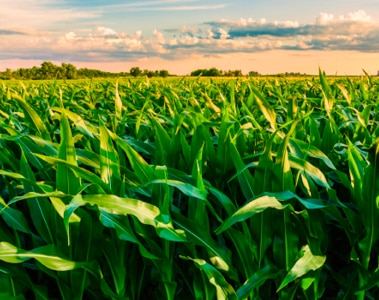When using exogenous enzymes in poultry diets, there are several factors that need to be considered to determine how to improve feed optimization. The first consideration, and arguably the basis of the decision, is the substrate type and availability. For example, if looking to optimize calcium and phosphorus within the diet, the nutritionist would consider targeting phytic acid, which would call for a phytase enzyme to be incorporated.
Another key consideration is the stability of the decided upon enzyme(s). There are several environmental components within the bird and the feed manufacturing process that can influence whether an exogenous enzyme performs. These can include pH, moisture, temperature, and enzyme concentration. Therefore, the enzyme technology (outer coatings, carrier, core structure, etc.) are critical in ensuring survival through the feed manufacturing process and the bird’s gastrointestinal tract.
While enzyme survival is top priority, it is also important to consider the mixability and homogeneity of an exogenous enzyme into the feed. Irregular, dense, or large sized granules are often found to have poor mixability, which means the birds may or may not be consuming the enzyme as expected. Thus, when adding in exogenous enzymes, it is not only important to note what class of enzyme is needed but the quality, stability, and composition of said enzyme source.
Currently exogenous enzymes are added into poultry diets through one of two ways. The first being through the vitamin premix. This is a viable and practical option to ensure adequate mixability and homogeneity of the enzyme into the diet. Often, this makes the enzyme more cost effective due to the small inclusion level required inside of the premix. The second method of application is to include the enzyme(s) as a separate ingredient, meaning the enzymes are diluted down with a carrier to a more manageable inclusion rate. This allows the nutritionist to adjust as needed throughout the growth phases without worrying about a premix rate. The downside to this method is the enzyme can end up being more expensive due to the dilution component and higher inclusion rate.
Another factor to consider with dilutions is the need to be stored in a micro bin. In some cases, when more than one exogenous enzyme is being used, separate micro bins must be allocated to each one to ensure proper inclusion rates. Of course, there are enzyme packages on the market that combine multiple exogenous sources into one blend so the need for micro bins can be dependent on the customers objectives and feed mill set up.



